Join the author, Néstor T. Carbonell, as he shares a critical analysis of the Castro-Communist regime and explores the challenges and opportunities that will likely arise when freedom finally dawns in Cuba.
CHAPTER 11: Castro’s Detente Game: From Johnson to George H. W. Bush
The Rising Threat
The president clearly understood the grave geopolitical implications. «Although El Salvador was the immediate objective, the evidence showed that the Soviets and Fidel Castro were targeting all of Central America for a Communist takeover. El Salvador and Nicaragua were only a down payment. Honduras, Guatemala, and Costa Rica were next and then would come Mexico.»
To sound the alarm, Reagan authorized in February 1981 the release of evidence of Soviet-Cuban involvement in a white paper. This indictment, along with a credible show of will and power to thwart the Communist attempt to subvert the region from Nicaragua, marked a sharp departure from Carter’s accommodation policy. As noted by Robert Pastor, «The Carter administration had tried to paste the mask of democracy on the Sandinistas’ face, [whereas] the Reagan administration tried to remove the mask and show the world they were really Communists.
Early in March, CIA director William J. Casey presented to Reagan and his national security team a covert plan to counter the Soviet advance in the Third World. It included a $19 million US-funded operation to defend El Salvador against a Communist takeover by halting the flow of arms from Nicaragua to the insurgents. «If we can’t stop Soviet expansionism in a place like Nicaragua,» argued Casey, «where the hell can we?» This plan was approved by the president on March 9, 1981.
Reagan’s secretary of state, Alexander Haig, who had crowned his distinguished thirty-one-year army career serving as the supreme allied commander of NATO forces in Europe, was not happy with the incremental and narrow approach to the challenge in Central America. Haig felt strongly that it was not enough to provide the Salvadorian government with the limited military and economic aid approved by the president.
In Haig’s view, it was also necessary to bring the overwhelming economic, political, and military power of the United States to bear on the source of the problem: Cuba. For it was Castro’s Cuba, the secretary contended, that was supplying Soviet arms and training Communist guerrillas for the Salvadorian insurgency. In 1980 alone, the Castro regime had trained up to twelve hundred guerrillas.
Haig’s proposal to stop Cuba’s forays, displaying «the reality of US military power,» including a possible blockade of the island, was rejected by the president and his inner circle. Some feared that the Soviet Union might retaliate against the United States and its allies in other parts of the world. Others doubted that Congress or the public would support such action without direct provocation by Cuba. Still others felt that Reagan should not get entangled in the Central American sideshow and should focus on domestic priorities, such as the tax cut.
Haig, by his own admission, was left «virtually alone» with his proposal, but the president did authorize in November 1981 a contingency plan to respond to «unacceptable military actions by Cuba.» He also ordered naval maneuvers off Puerto Rico as part of a NATO exercise and authorized the funding for a five-hundred-man Nicaraguan force aimed primarily at the «Cuban infrastructure in Nicaragua that was training and supplying arms to the Salvadorian guerrillas.» That force, known as the «Contras,» was later increased not only to interdict the shipment of arms from Nicaragua but also to foster regime change.
Attempts at Detente
Those who claim that Reagan exacerbated the crisis in Central America by eschewing diplomacy and obsessively pursuing or provoking confrontation seem to overlook three major overtures attempted by his administration during the period 1981-82, not devoid of wishful thinking.
First, Assistant Secretary of State Thomas Enders held six meetings with the Nicaraguan leaders in August-September 1981 tollefuse the crisis and seek a peaceful solution. He told the Sandinista hierarchs that if Nicaragua would end its support for foreign insurgencies and cease its military buildup, the United States would pledge not to intervene in Nicaragua’s internal affairs and would renew economic aid to the country.
Daniel Ortega tacitly rejected the proposal, complaining about Washington’s military exercises in the area and its failure to constrain the Nicaraguan exile groups. But Daniel’s brother and minister of defense, Humberto Ortega, was more candid and direct in explaining where they stood. In a September speech, he declared, «We are anti-Yankee, we are against the bourgeoisie. … Sandinism without Marxism-Leninism cannot be revolutionary.»
Still, Reagan persisted in his efforts to pursue a rapprochement, not only with Nicaragua but also with the key instigator of the Central American crisis, or in the words of Alexander Haig, «the source»: Castro’s Cuba.
At the president’s request, Haig held in Mexico City, on November 23, 1981, a secret meeting arranged by Mexican foreign minister Jorge Castafieda with Cuba’s deputy chairman of the State Council, Carlos Rafael Rodríguez. This very senior government official was one of the most sophisticated and articulate leaders of the historic Communist Party of Cuba, an early supporter of the Castro revolution, and, most important, a trusted standard-bearer of the Kremlin.
Sporting a white goatee, a well-cut suit, and polished shoes, he had, according to Secretary Haig, «the easy manner, the self-assured speech, the surface good humor of a man who is at ease with great affairs and famous people» (including, of course, Haig himself)
Following are the highlights of their engrossing and, at times, testy parley extracted from the declassified stenographic record received by the Soviet ambassador to Cuba from Carlos Rafael Rodríguez:
In his opening remarks, Haig pointed out that the United States had mostly recovered from the traumatic experiences of Vietnam and Watergate and was in a stronger position to address international conflicts threatening peace. In that context, the secretary clearly indicated that the Reagan administration viewed Cuba’s series of armed interventions in Africa and the Middle East, in concert with the Soviet Union, «as a challenge to [US] national interests. Haig then alluded to the Castro regime’s subversive actions in this hemisphere, recently targeting Central America.
The secretary clarified that Washington’s clash with Cuba had nothing to do with the latter’s government system. The existing tensions were geopolitical, not ideological. «Our capability for coexistence,» Haig emphasized, «is manifested most graphically in [our] relations with other Communist regimes: China, Yugoslavia, and the growing number of countries in Eastern Europe.» Haig then held out the olive branch of normalizing relations with Communist Cuba if the Castro regime ceased to intervene in the internal affairs of other countries in collusion with the Soviet Union.
In response to Haig, Rodríguez first zeroed in on geopolitics, refuting the secretary’s allegation that the major impediment to normal US-Cuba relations and peace was the Castro government’s alleged subservience to the Soviet Union’s hegemonic grand design. Referring to Angola, he said: «I can assure [you] unequivocally, inasmuch as I played a direct role in this matter, that when the decision to dispatch Cuban forces in Angola was made, we communicated nothing about it to the Soviet Union. … We had absolutely no concept of the geopolitical … importance of Angola in light of the interests of the Soviet Union. We saw in Angola a friendly country … struggling against colonialism, against South Africa, and [we] embarked on all of this.»
Rodríguez then turned to Nicaragua. He acknowledged that Cuba «helped the Sandinista front in every way that we could.» He also told Haig, «You know that there were several governments in Latin America who helped them substantially more than we did.»
Rodríguez denied that Cuba had any forces in Nicaragua. «We have there 2,759 people, of which 2,045 are teachers … and 159 are doctors…. We [also] have several dozen military advisers … rendering_aseistance in the organization … and training of the Nicaraguan army.»
Regarding El Salvador, Rodríguez also rejected the claim that Cuba had any troops or military advisers there supporting «the revolutionaries who are struggling … against the right-wing junta.» With a hint of sarcasm, he challenged Haig to produce any evidence of «these fabled Cuban troops» in El Salvador or of any shipments being funneled by Cuba through Nicaragua.
Rodríguez summarized his opening remarks defending Cuba’s sovereignty, its right to support the countries of the Third World, particularly in Latin America, and its friendship with the Soviet Union, grounded on «a common ideology» and on the «significant assistance» received from Moscow. He did point out, however, that such assistance was not «incompatible with … normalized relations between the United States and Cuba.»
When Haig took exception to the «benign picture» that Rodríguez had painted of the Castro regime’s subversive activities, the exchange became quite contentious:
Rodríguez. The information that you are spreading about Nicaragua is a complete falsification.
Haig. Cuba’s activities in Nicaragua and El Salvador constitute a threat to the continent. … We are in possession of comprehensive proof of such involvement. … We have photographs, documents, minutes of interrogation. … You have seen the «White Paper,» but we have another fifty of them.
Rodríguez. You have a good factory of White Papers …
Haig. Nobody gave Cuba the divine right to interfere in the internal affairs of the countries in this hemisphere, regardless of what arguments may be advanced to justify it. … I believe that you would render [the Sandinistas] the greatest form of solidarity, if you would bring the Cubans home. …
Rodríguez. Return doctors? Teachers?
Haig concluded his remarks with this stark warning: «If the Cuban Revolution has matured to this point, then that is fine. If that is not the case, then we are on a path toward confrontation, and soon.» To avoid this, «we must find a solution to these problems. … We believe that time is slipping away.»
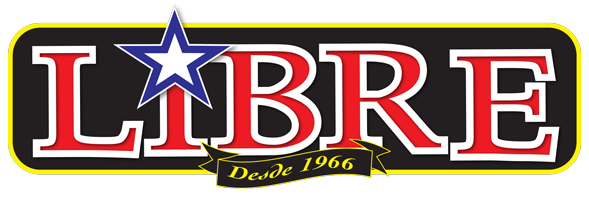
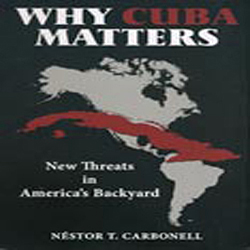

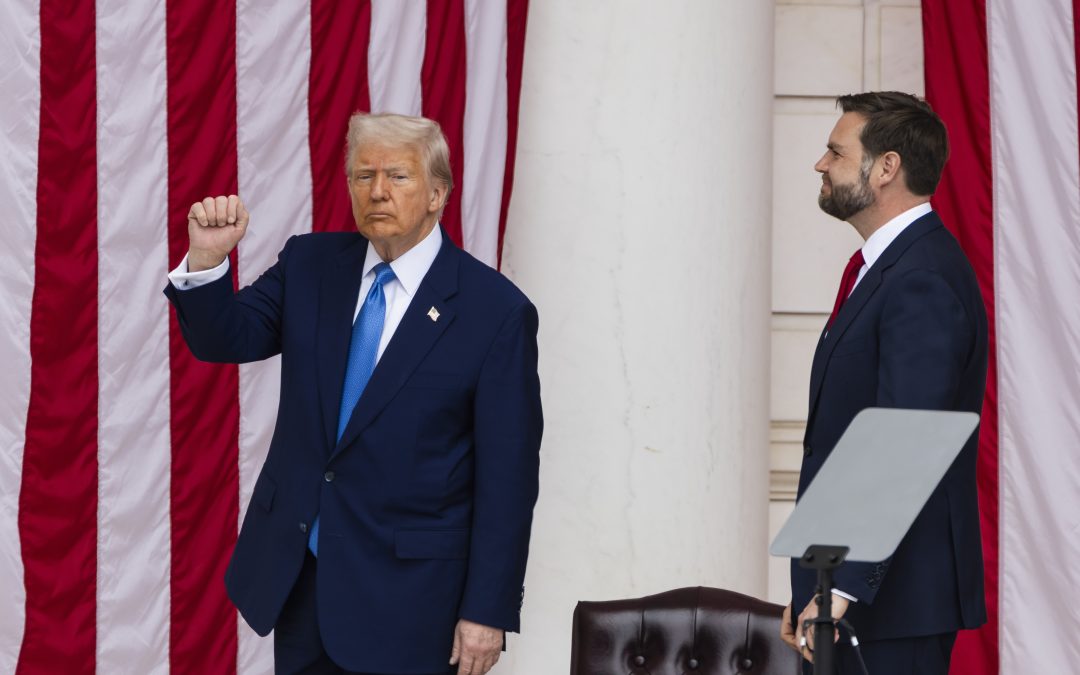
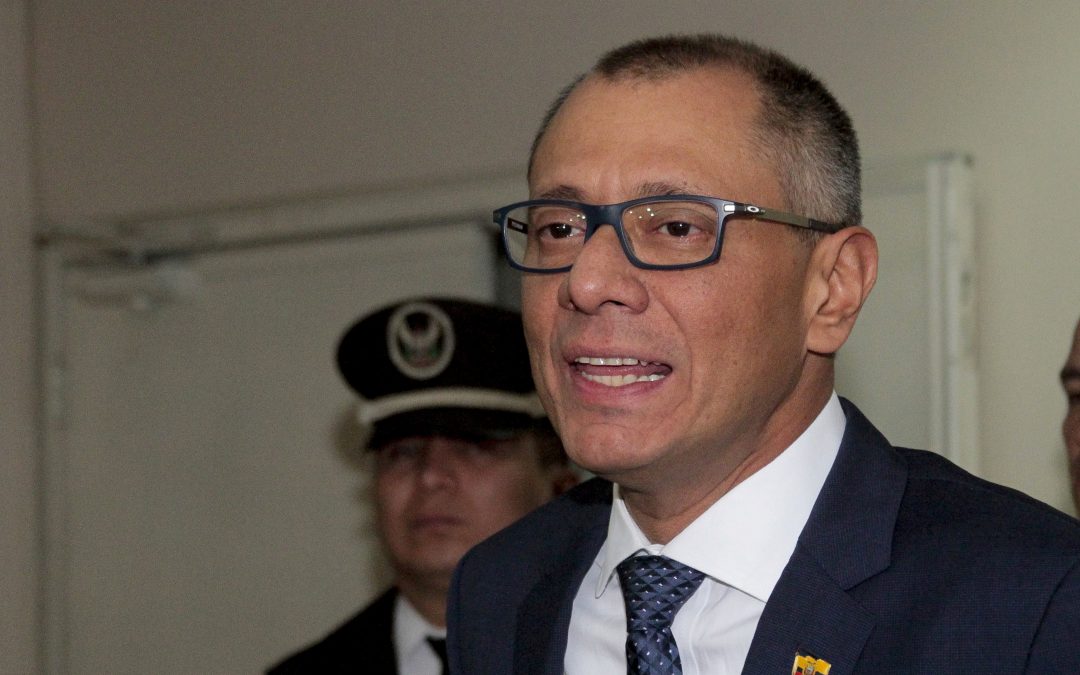
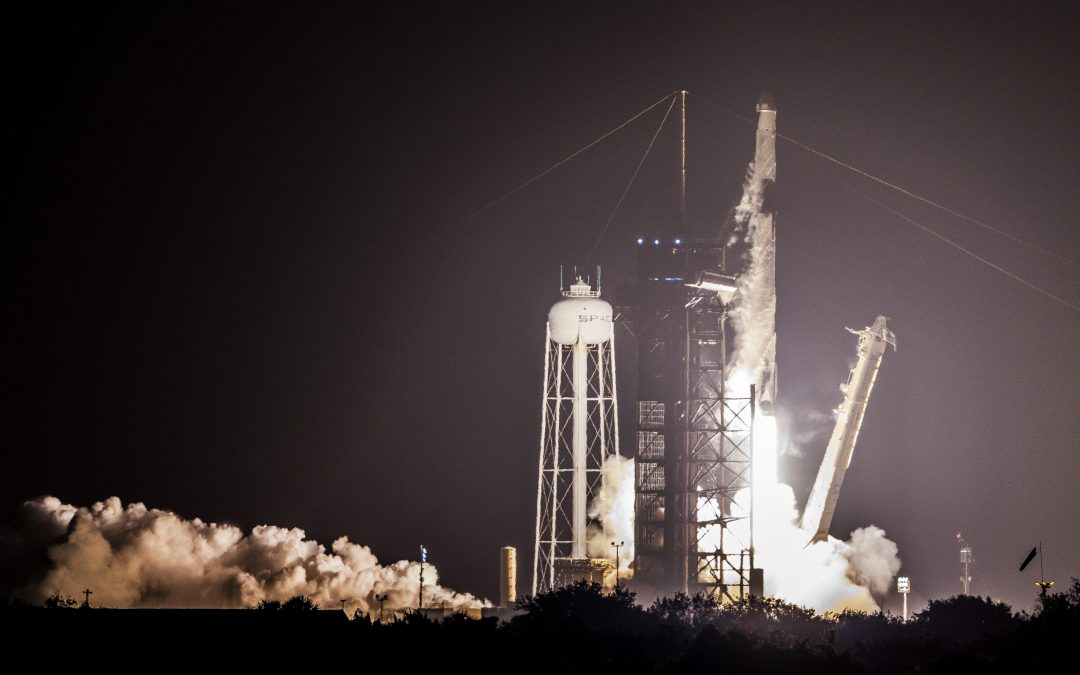
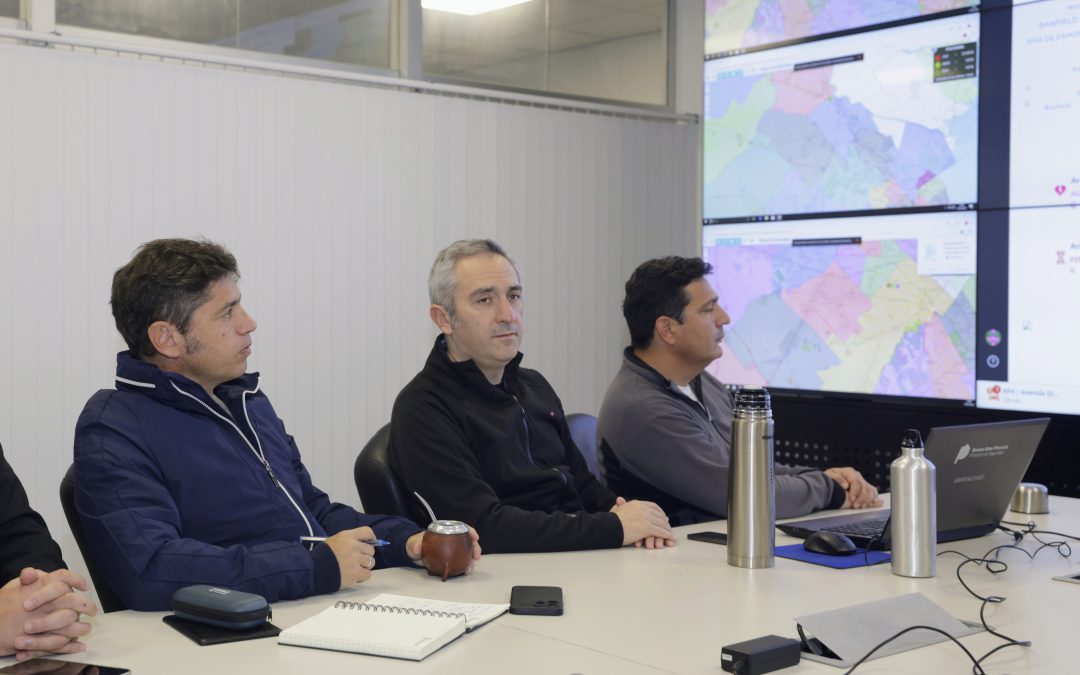

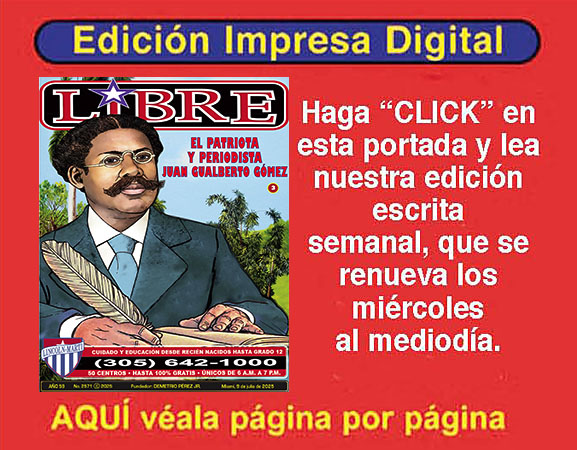


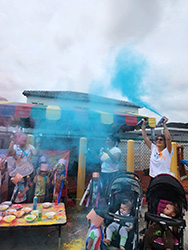
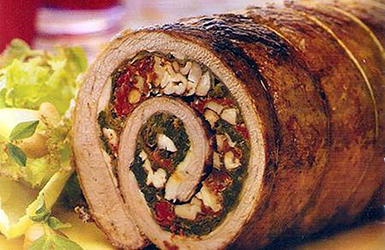
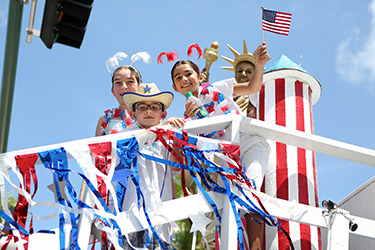
0 comentarios